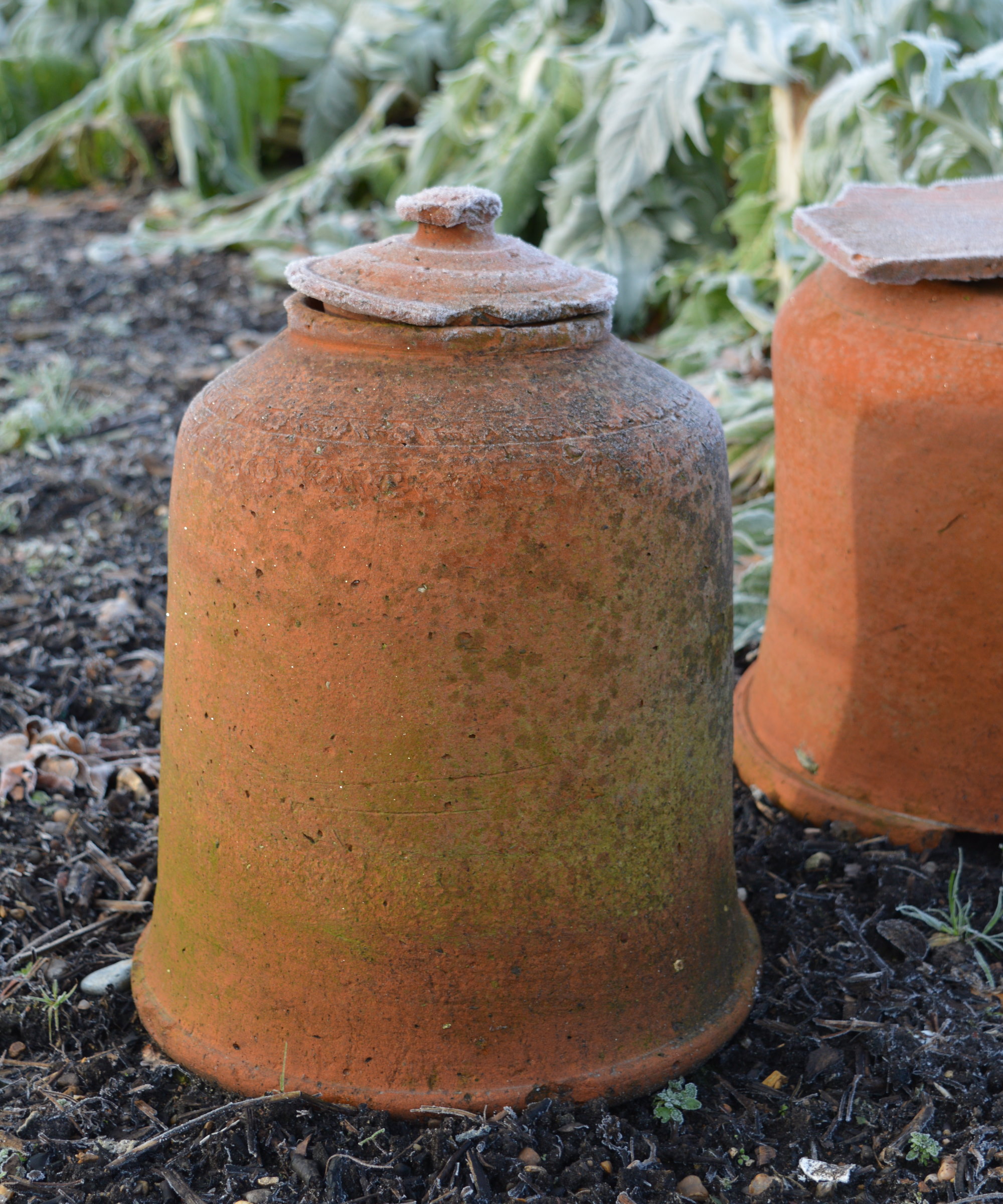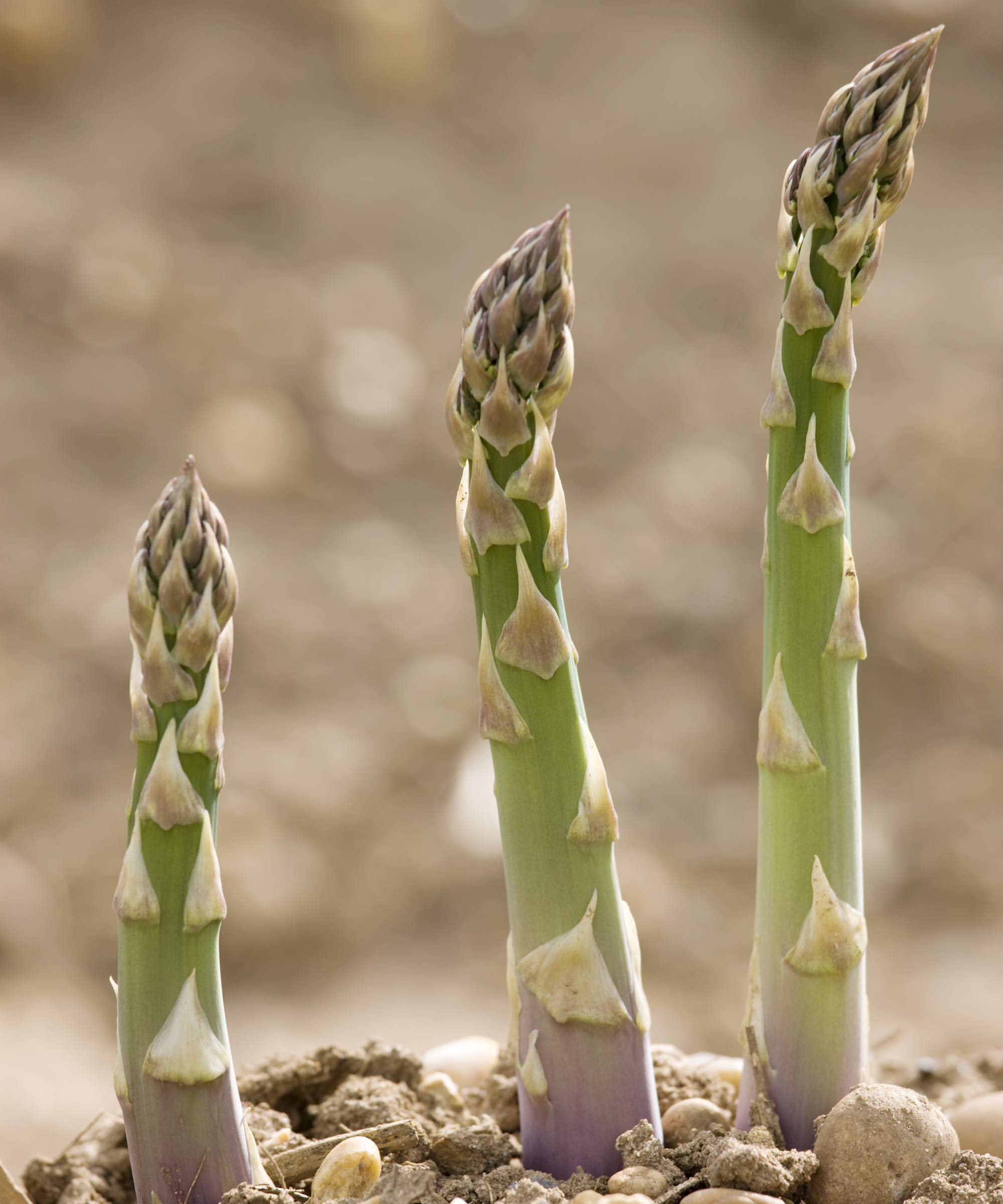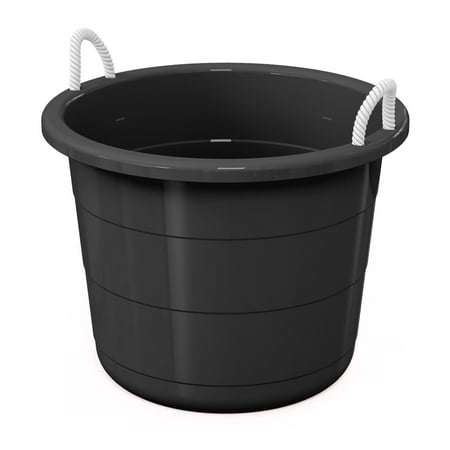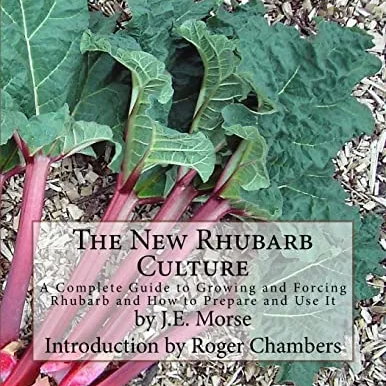What is forcing vegetables? Plus 4 fantastic crops to force for early harvests
Forcing vegetables has been done for centuries – discover why it still remains popular today


Forcing vegetables is a simple and enjoyable way to extend the season of some crops by encouraging them to grow outside of their natural cycle. It has been done for centuries and growers worldwide still practise forcing vegetables to this day.
I spent several years working as a professional kitchen gardener in the UK, growing various crops in vegetable gardens for restaurants. The yearly routine included forcing certain vegetables to get earlier harvests as they can have a more delicate flavor when grown this way.
Not all vegetables are suitable for forcing, but that small list contains some great crops. Some particular vegetables are commonly forced in kitchen gardens worldwide, while some other suitable crops are a bit more unusual but definitely worth considering.

A guide to vegetable forcing
This guide to forcing vegetables highlights four great crops that can be forced in backyard vegetable gardens using only simple garden or household items.
What is vegetable forcing?
Forcing vegetables is not a new invention, it has been done for hundreds of years to encourage crops to grow. Historically, it could be a way for rich households to show off by having vegetables out of season.
Vegetables can be forced by manipulating the light and heat levels to encourage the growth of new shoots earlier than they would if left to follow their natural cycle. Over the years, forcing vegetables has been done by growing crops in darkness or encouraging vegetables to grow earlier by using heated greenhouses and hotbeds.
Forcing is not limited to vegetables, fruit and flowers can also be forced. Here we focus on forcing vegetables to extend the season with earlier vegetables and enjoy potentially sweeter, more delicate harvests.
Design expertise in your inbox – from inspiring decorating ideas and beautiful celebrity homes to practical gardening advice and shopping round-ups.
Forcing Rhubarb

Why not start with the crop that is most commonly forced - rhubarb. This is a vegetable that I have forced for many years as chefs love forced rhubarb. The bright pink stems that grow from forcing are softer, sweeter, and less bitter than traditional rhubarb stems.
To grow forced rhubarb, cover the crowns in winter. You can use a terracotta forcing pot, a bucket, an upturned dustbin, or even a box to cover plants, just make sure any holes are covered so that you completely block out any light. The stems that grow from forcing rhubarb will be thinner and paler in color than traditional stems and should be ready to harvest around 6-8 weeks later.
When growing rhubarb, it is important not to force the same crowns for multiple years. Plant several rhubarb crowns as it allows you to alternate which ones you force each year for earlier stems.
Covering crowns is the easiest way to force rhubarb for those growing rhubarb at home. There are alternative methods though, for example in a walled garden I worked in we lifted some rhubarb crowns each year and planted them in a dark place to force them - similar to how rhubarb is grown in forcing sheds in the UK ‘Rhubarb Triangle’ famed for growing forced rhubarb.
Forcing Chicory

Chicory is a crop that comes in forcing and non-forcing varieties, with those best for forcing known as ‘witloof’ or ‘Belgian chicory’ types. These produce thick roots that are forced to grow white buds, known as chicons. Whatever chicory you grow, plants are grown from seed in spring or early summer to harvest from fall onwards.
Forcing chicory types are lifted in early winter and left somewhere sheltered for a week, so the moisture passes into the roots before the heads are cut off to within an inch of the base.
These roots are planted into pots filled with well-draining compost. Cover them with a bucket, or something similar, to keep out the light and grow them at 50–60°F. They must be fully covered as any light will give the chicons a bitter taste.
Chicons grown in complete darkness are tender and sweet and can be harvested after around a month. Re-cover the container after cutting the chicons from the root and you may even get a second, albeit smaller, crop to harvest.
An alternative to putting the roots in pots, they can be planted in greenhouse beds and covered with pots, buckets, boxes, or a DIY cloche made of black plastic laid over wire hoops.
Forcing Sea Kale

Sea kale is a historic and unusual perennial vegetable. As well as being a great edible plant, sea kale makes a fantastic ornamental plant with impressive foliage and mounds of white flowers.
I cultivated sea kale in two different gardens. It was when growing vegetables for a Michelin-star restaurant that the chefs wanted it to be forced as it is a seasonal delicacy that is hard to get hold of - you definitely won’t find it in the grocery store.
Sea kale can be forced in winter by covering plants with a forcing pot or bucket. The forced shoots can be ready to harvest as early as February and the vivid stems have a nutty flavor and delicate texture.
Forcing Asparagus

Asparagus spears appear in spring each year, but it can be a brief harvesting window from mid-April to June. The time to harvest asparagus can be brought forward by forcing established crowns, not by restricting light but by giving the plant extra warmth. Cover plants with a cloche or small DIY portable cold frame and some straw to provide warmth and encourage the growth of earlier stems to harvest.
You do need patience when you grow asparagus. It can take two years from planting asparagus to harvesting the first spears as the perennial vegetable needs time to establish and build strength.
Only force well-established asparagus crowns, at least four years from planting, and stop harvesting forced stems earlier than the rest of the crowns to allow them to relax and have extra time to build up lots of energy for the next growing year.
I have also previously grown asparagus in raised beds in a heated greenhouse to get earlier harvests than crowns grown outside in the vegetable garden and extend the cropping season.
Somewhat of a side note, but worth mentioning to avoid any potential confusion, is that you can see some varieties of carrots known as forcing carrots - such as the Amsterdam Forcing 2 variety of carrots, available at True Leaf Market.
These are not crops to be covered and grown without light, like the method of forcing vegetables outlined above, but they are early maturing carrots that are ideal for cultivating in a greenhouse or cold frame. They are fast-growing vegetables that can give you very early carrot harvests compared to spring sowings of other varieties, but don’t be confused by seeing the term ‘forcing’ in their name.

Drew has worked as a writer since 2008 and was also a professional gardener for many years. As a trained horticulturist, he worked in prestigious historic gardens, including Hanbury Hall and the world-famous Hidcote Manor Garden. He also spent time as a specialist kitchen gardener at Soho Farmhouse and Netherby Hall, where he grew vegetables, fruit, herbs, and cut flowers for restaurants. Drew has written for numerous print and online publications and is an allotment holder and garden blogger. He is shortlisted for the Digital Gardening Writer of the Year at the 2025 Garden Media Guild Awards.


